While studying disaster theory at flight school, I learned that 93 percent of disasters are caused by human factors. Someone is tired, forgotten, distracted or considered something unimportant.
But is it only pilots that are so inattentive and dangerous?
Absolutely not, aviation accounted for no more than 0.001% of accidents. And the rest of them are due to the human factor in civilian life. In your factories, on the streets, offices, headquarters, millions of mistakes are made every day. Their mistakes create risks for investors, executives, clients and ordinary citizens and are worth millions of millions in losses. And, if in aviation the human factor is insured by the presence of an autopilot, some kind of artificial intelligence that doesn’t want to sleep, eat, doesn’t get tired and doesn’t make mistakes. Then in private life, to determine the presence of an error in millions of people is tantamount to searching for the Binomial of Newton in each specific case.
Today we are discussing the use of AI algorithms in the startup BINOM
Vladimir Winner is a businessman specializing in digitalization and integrating the experiences of social groups. He is co-owner binom.digital which was founded by Phd. Dag Zeiner-Gundersen is an Algorithm, Analysis and Risk.
We asked Vladimir Winner:
Сan you explain? What is the difference between process automation and artificial intelligence?
It’s a pretty simple connection, but one doesn’t rule out the other. Namely, there are several fundamental steps to go from automation to artificial intelligence.
1. It is necessary to automate the work of processes with the receipt, distribution and processing of data. It is necessary to identify the key rules that the objective of achieving is energy, time and cost-effectiveness in data flow service.
2. To gather the needed data. Database architecture is an important factor so that their storage must be consistent with analytical convenience, economics and processing speed. (As simple as it seems, but this is far from a trivial question)
Data storage implies that it is convenient for all process participants to use, the need to work with the data is clear and the benefits are obvious.
And to do that, a lot of work needs to be done to reduce the large number of “aircraft cockpit” settings to “one iPhone button”.
difficult to develop Easy to use
In this case, you can be sure that the data gathering will be carried out correctly and with maximum probability.
3. It is necessary to customize the data analysis process. Probably, I won’t tell a big secret if I say that there’s a lot of data in the world, and the numbers are growing exponentially.
Global growth trend of data volume, 2006-2020 (based on ”The digital universe in 2020: big data, bigger digital shadows, and biggest growth in the far east”)
In this regard, it is important not only to correctly collect data, but also to draw the correct conclusions, to provide information about the conclusions in the most understandable form both for the average level of contractors in the form of directives and for strategic planning to the Heads of the process.
4. To make recommendations. This is where AI comes in. Based on the previous points, it is already possible to collect a sufficient number of conclusions about specific data coincidences. These findings can be presented in the form of recommendations by reducing the required input from the user to just three multiple choice questions.
These questions are
What question are you solving?
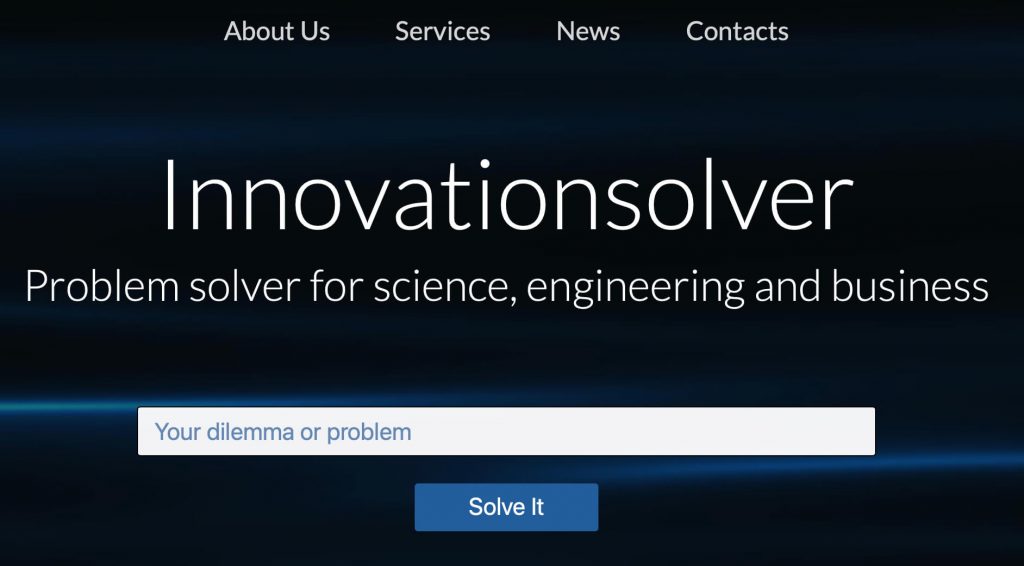
2. What makes this task better? (Select from the list)
3. What makes this task worse? (Select from the list)
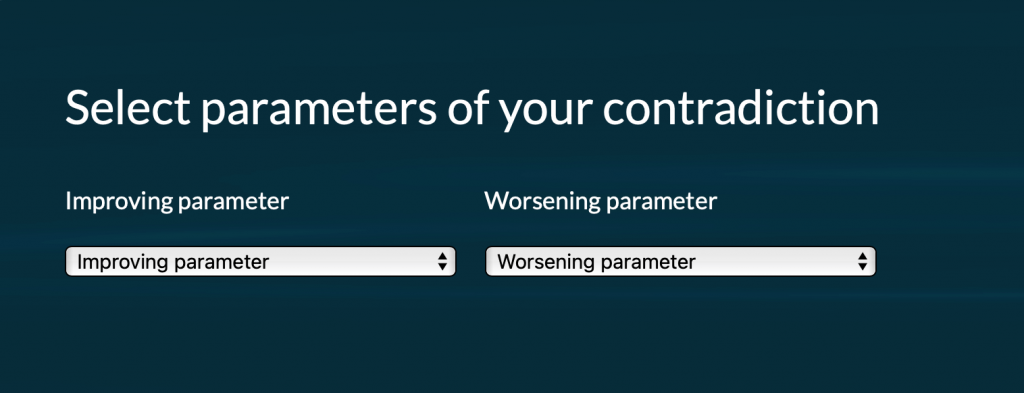
Based on this data, we can offer the user
1. Data to be examined;
2. Possible risks and ways to avoid them;


3. Experts who can help, as an advisor in a company, in a company of contractors, at a global level;
4. To monitor compliance with proposed recommendations and regulations. Returning to the beginning of our conversation about the human factor. It is not enough to collect data, it is not enough to analyse, it is not enough to draw conclusions, it is not enough to make recommendations.
To avoid problems, you need to gather data on the quality of further human actions after receiving all the recommendations. We have found that data should be collected by analogy with the “flight recorder” in aviation and informed in a timely manner that human actions are different from those proposed by the algorithm.

Now we are analyzing
- Timeliness of the reaction;
- Compliance of actions with the proposed solutions;
- Emotionality, correct reaction and transfer of data to other services in the process. We try to rule out this folk wisdom:
40% of accidents begin with the words“ Look what I can do! ”.
The remaining 60% is “Bullshit, look at this.”
Vladimir, how do you see your contribution and how important are your skills in this matter?
1. Who draws conclusions based on the data provided. The Touch of the Master’s Hand.
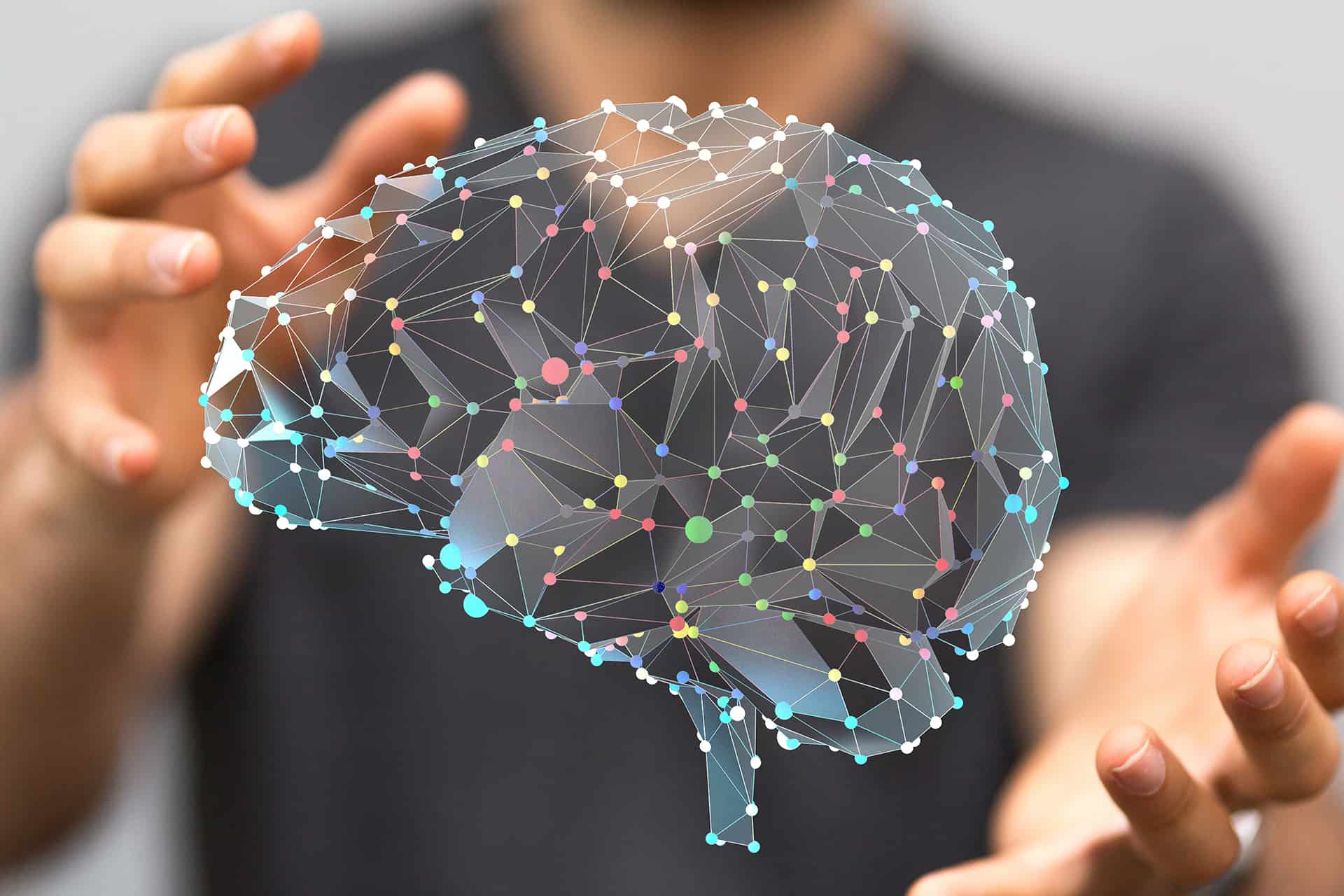
We know for sure that experience is very expensive. In our country, there was a story about academician Paton, most likely exaggerated. He was called to the workshop where the production stopped. The academician took a hammer and just once knocked on a nut. The production started working again. The academician issued an invoice for $ 10,000.
- “For what? You spent just 1 minute and only hit once with a hammer! ”
- “For knocking – is the bill for $ 1. The rest is for knowing where to knock.”
So our task is to involve world-class specialists with specific experience for each specific task. We focus on their conclusions, and then offer users this solution as advice from an expert.
2. International assistance with experience.

Some experts are ready not only to give advice, but also act as a mentor or advisor.
In this way we bring together the experience of professionals, as well as give the opportunity to scale our own monetization by scaling specific experience.
3. An opportunity to improve your status as an online mentor.
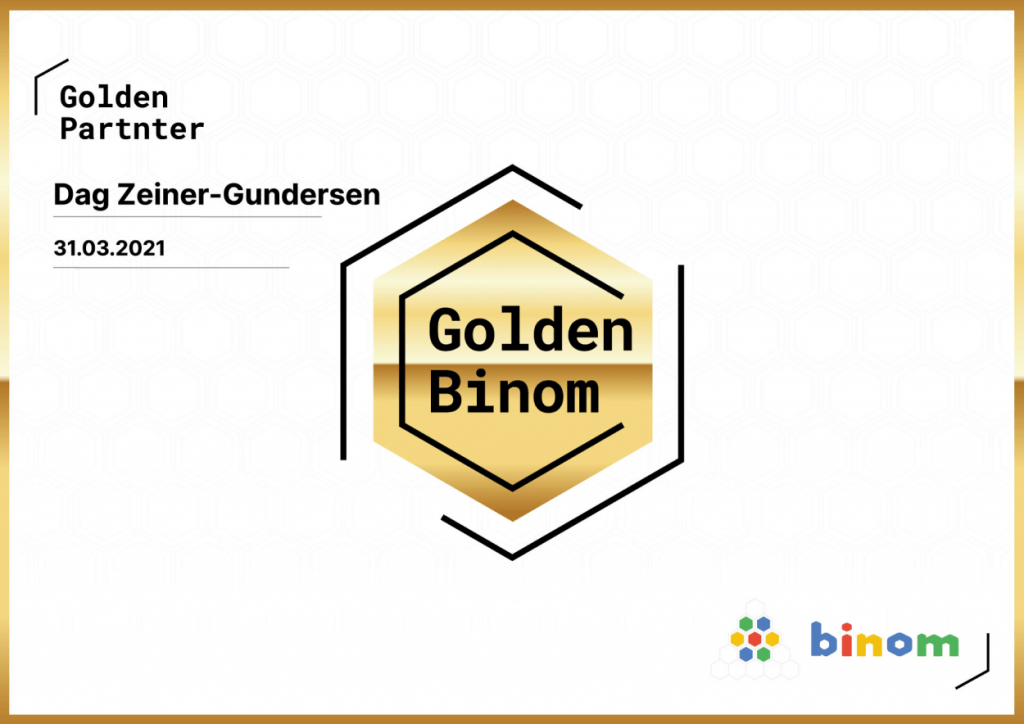
Each high-level specialist is often not understood by the environment and often feels lonely. We build up a rating system, as well as provide an opportunity for experts to communicate with each other. Communication of equals with equals. Professional development thanks to the combined experience of professionals.
Point of the project
- To recommend relevant information before making a decision.
- To control the compliance of decisions embedded in the business logic.
- To suggest available relevant experts for advice, as well as links to similar cases from the past.
- To analyze the accuracy of the information transmitted about the decision made to partners and colleagues. Taking into account the grammar, accuracy and emotionality of the presentation of the transmitted information.
- To collect data and propose ready-made solutions in the future with predicting risks and methods to avoid them.
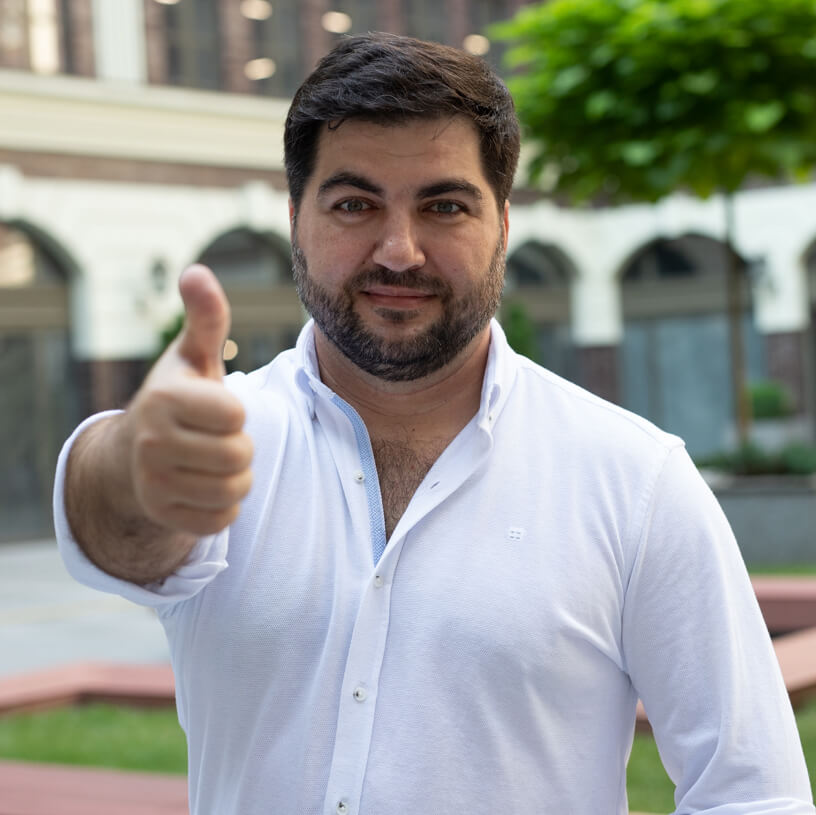
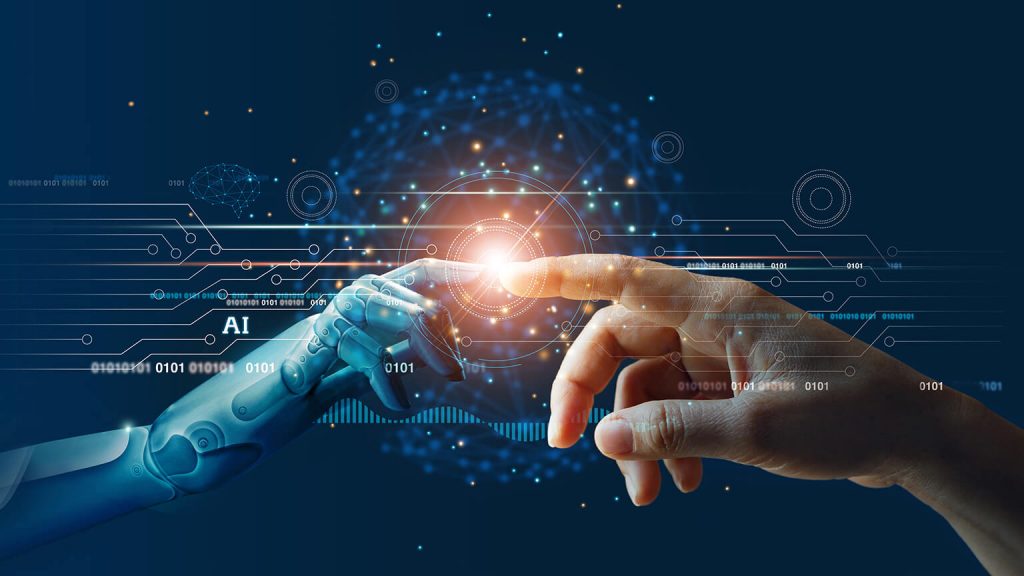


 Developed by Digital Forest
Developed by Digital Forest